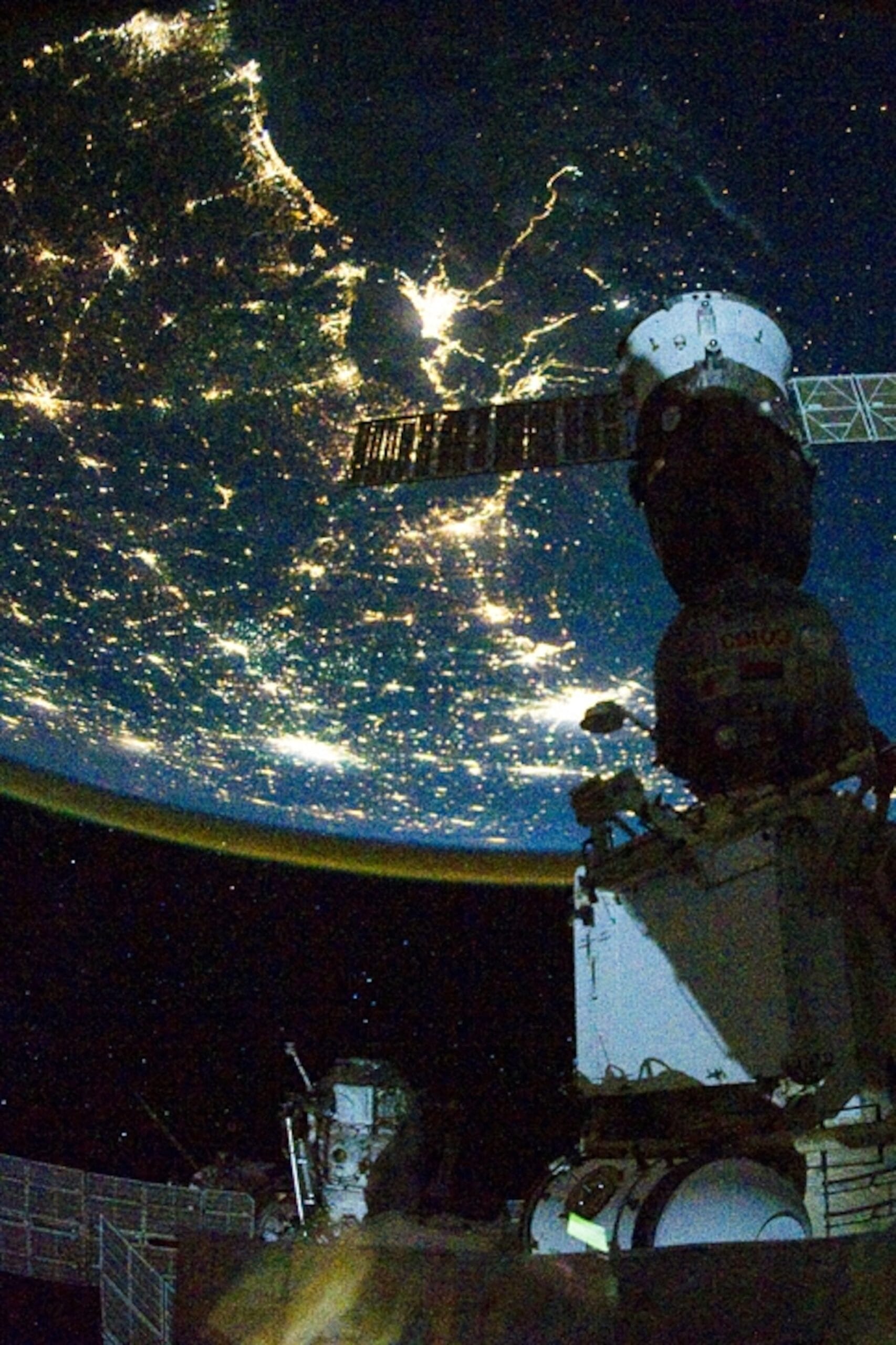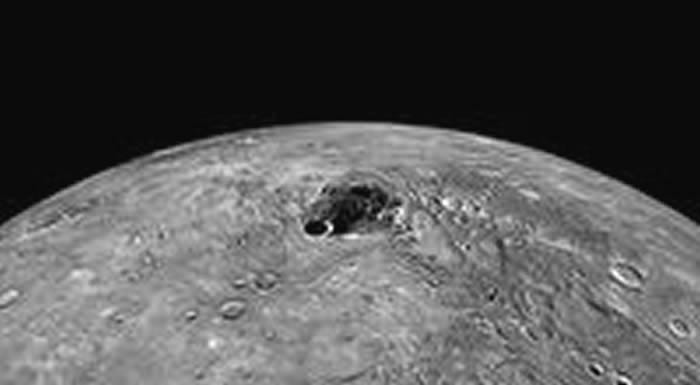In a stark reminder of the sun’s power over our planet, a recent massive solar storm has led to widespread communication blackouts across numerous regions. This phenomenon, resulting from a coronal mass ejection (CME) that occurred earlier in the week, has had far-reaching effects on satellite communications and terrestrial networks, much to the concern of scientists and technicians worldwide.
Solar storms, particularly CMEs, occur when the sun releases a significant amount of plasma and magnetic fields. As these charged particles enter the Earth’s atmosphere, they can disrupt the magnetic field and cause disturbances in the ionosphere, where radio waves travel. The current solar storm is among the most significant in recent years and presents new challenges in the already precarious balance of our reliance on technology and nature.
Reports from various satellite operators indicate that many satellite communications faced severe disruptions. Critical systems used for GPS navigation, international telecommunications, and even weather forecasting experienced outages. Operators such as Iridium, Inmarsat, and Globalstar confirmed temporary service interruptions, leading to widespread losses in connectivity for many regions reliant on satellite communications.
The impacts of such blackouts are cascading. Commercial airlines, which largely depend on satellite technology for navigation and communications, reported delays and rerouted flights due to warnings about potential disruptions. The Federal Aviation Administration (FAA) issued alerts to pilots regarding the possibility of degraded communication capabilities, urging vigilance and alternative navigation methods.
Further complicating the situation, researchers at space weather monitoring organizations noted that the geomagnetic storm was stronger than initially anticipated, with significant fluctuations measured on Earth’s magnetic field. This has raised alarms regarding not only immediate communication disruptions but also the potential long-term damage to infrastructure sensitive to such solar activity, including power grids. The latter, if affected, could lead to more serious outages potentially involving widespread blackouts.
As scientists investigate the storm’s patterns and behavior, they draw from historical data related to similar solar events. The 1989 geomagnetic storm, for instance, caused massive power outages in Quebec, Canada, after voltage fluctuations in power lines led to failures in transformers. This historical context adds urgency to the monitoring and preparedness measures that space weather agencies are implementing.
Another aspect under scrutiny is the role of the solar cycle in the frequency and intensity of such storms. The sun undergoes an approximately 11-year cycle of solar activity, fluctuating between solar minimum and solar maximum phases. We are currently in Cycle 25, which is predicted to peak around 2025. As solar activity ramps up, experts emphasize the importance of understanding potential risks associated with increased solar emissions, particularly for technological infrastructures that depend heavily on consistent communication networks.
In response to concerns about future solar events, various stakeholders are undertaking preparatory measures. Engineers are exploring the implementation of more robust shielding mechanisms for satellite technology and improving the resilience of ground-based communication networks. With advancements in technology, systems are being designed to better withstand solar-induced interference, helping to mitigate the effects of such disturbances.
The international space community, including organizations such as NASA and the European Space Agency (ESA), conducts continual research on solar storms and their impacts. The real-time monitoring of solar activity allows these organizations to issue warnings so that appropriate measures can be taken to avert detrimental effects on communications and navigation systems. Enhanced collaboration between countries for sharing data and advancements in solar forecasting plays an essential role in preparing for these high-impact events.
Notably, this recent solar storm serves as both a warning and a lesson. As humanity becomes increasingly interlinked through advanced communication technologies, the vulnerabilities associated with natural phenomena grow correspondingly. Addressing these vulnerabilities requires a concerted effort from scientists, engineers, and policymakers alike to bolster our resilience against future solar storms.
As the current storm winds down, experts remind both individuals and organizations of the need to remain vigilant about potential disturbances stemming from solar activity. Preparing for such events, both in terms of maintaining contingency communication plans and investing in infrastructure upgrades, is crucial. Ensuring that we are ready for the next solar event could save countless disruptions in the future, fostering a more resilient communication landscape amid an ever-evolving space environment.
In the coming days, additional analyses and data from this solar storm are expected, which may provide further insights into its effects and the ongoing challenges posed by solar activity. The research continues, but one thing remains clear: our technological lives are inextricably linked to the caprices of the cosmos, underscoring the importance of space weather monitoring and preparedness.



